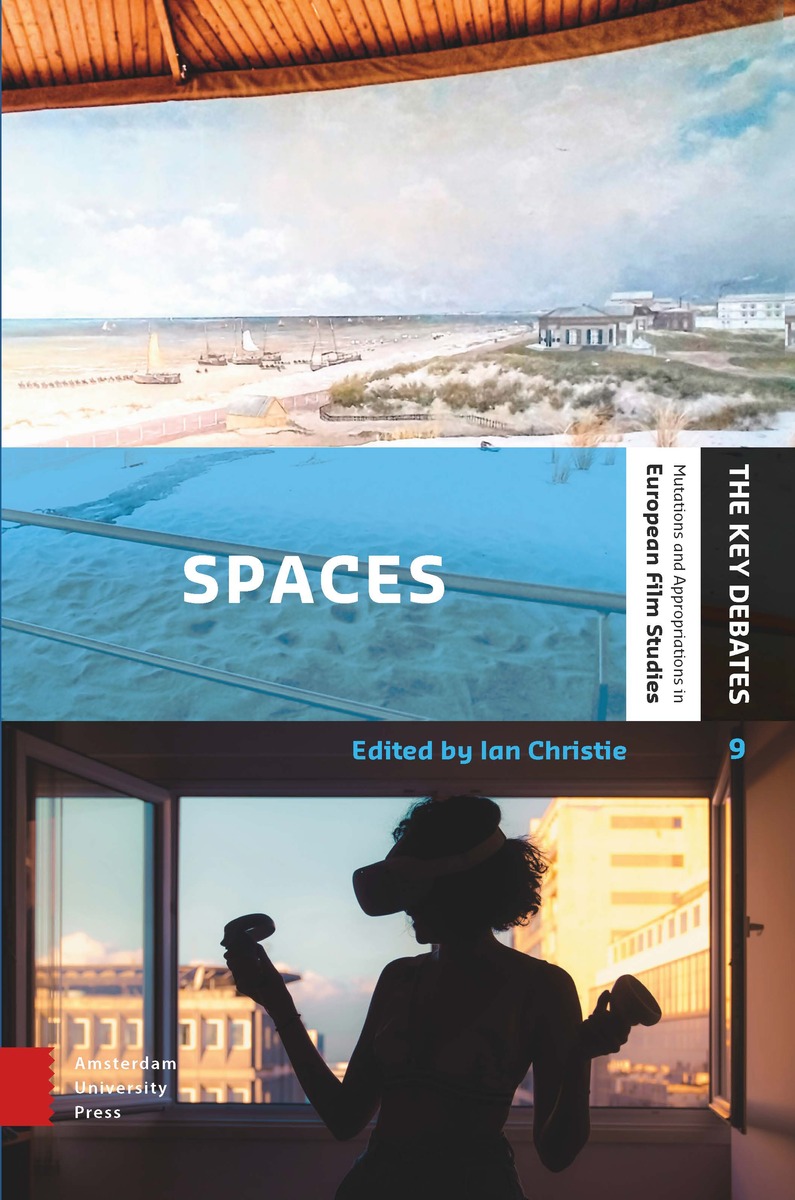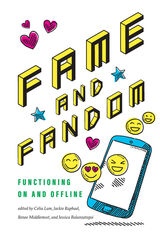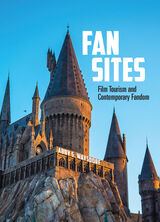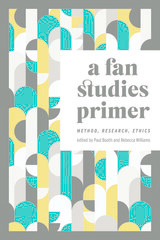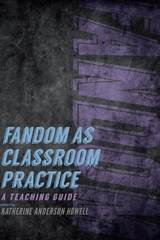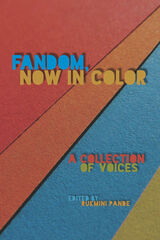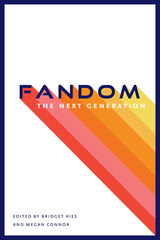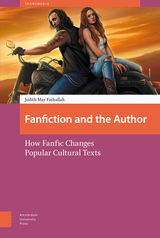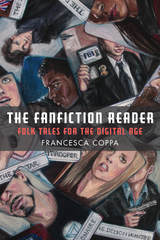Spaces: Exploring Spatial Experiences of Representation and Reception in Screen Media
Amsterdam University Press, 2024
Cloth: 978-90-485-6326-5 | eISBN: 978-90-485-6327-2 (PDF)
See other books on: Christie, Ian | Environmental & Land Art | Reception | Representation | Spaces
See other titles from Amsterdam University Press
Cloth: 978-90-485-6326-5 | eISBN: 978-90-485-6327-2 (PDF)
ABOUT THIS BOOK | AUTHOR BIOGRAPHY | TOC
ABOUT THIS BOOK
Film has long been defined as a temporal art, most famously by André Bazin and Andrei Tarkovsky. Yet more fundamentally it has always been a spatial art, transporting its audiences imaginatively to spaces and places other than those they literally inhabit. In the digital era, this spatial illusion and paradox has been greatly expanded – by the predominance of domestic film viewing, along with new extra-terrestrial perspectives, and the promise of novel kinesthetic experiences with Virtual Reality and “immersion”. The international authors in this collection address the history and aesthetics of screen media as spatial transposition, in a range of exemplary analyses that run from the landscapes of John Ford’s westerns to Chantal Akerman’s claustrophobic domestic spaces, from the conventions of the English country house film to Patrick Keiller’s Robinson roaming a changed country, and from the experiences of Covid pandemic confinement to those of un-homed van-dwellers in Chloe Zhao’s award-winning NOMADLAND.
See other books on: Christie, Ian | Environmental & Land Art | Reception | Representation | Spaces
See other titles from Amsterdam University Press
